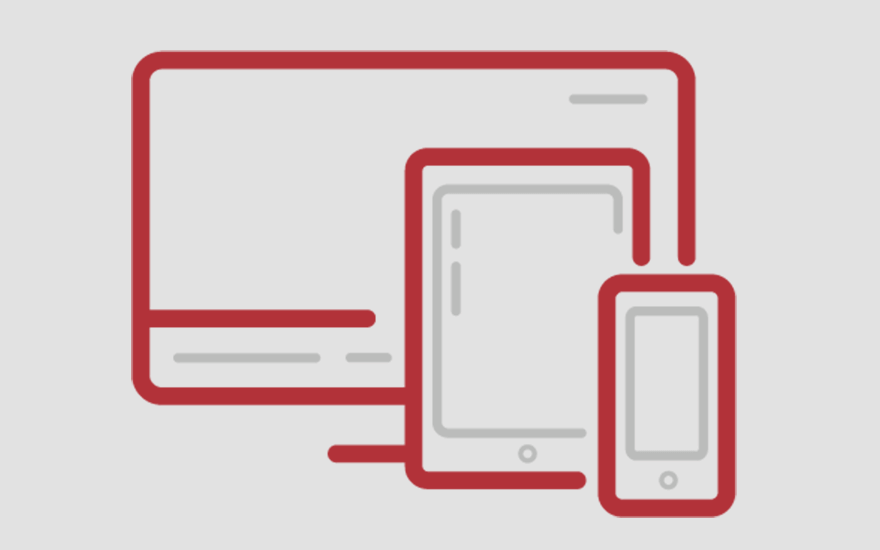
From houseplants to haircutting shears, curbside pickups to patio dining, the COVID-19 crisis has altered not just what consumers are buying, but how they are buying it. We asked Wisconsin School of Business faculty to share what they’re observing in the pandemic-influenced consumer marketplace.
Here are highlights from their responses:
Joann Peck, Irwin Maier Professor of Business, associate professor of marketing:
“When people feel a lack of control, they often take control in other areas to compensate. For example, during final exams, students may find themselves cleaning their apartments. During a pandemic, routines have changed and uncertainty is paramount. Because of this, consumers may attempt to gain control in other ways. It may be that they finally organize their closets or clean out the garage. They may stock up on yeast, toilet paper, or flour, exerting control in some domain of their lives.
As social distancing becomes the norm, shopping from home has increased and will likely persist even after the pandemic. People have changed their shopping routines, especially grocery shopping, and have discovered the ease and convenience of online shopping. Also likely to increase are feelings of loneliness and isolation with the decrease in in-person social contact, and even physical contact. A light touch on the shoulder or arm can create a bond and convey closeness and support. Many people did not notice this benefit until it disappeared. While maintaining social contact virtually is important and possible, it does not substitute for direct person-to-person interaction.”
Kevin Chung, assistant professor of marketing:
“One thing that I’ve observed over the past few months is just an incredible pace of digital adoption by industry and consumers. (I remember reading somewhere that this pandemic has accelerated this adoption by five years). And it looks like it is here to stay because people are realizing that these food delivery apps, curbside pickups, etc., actually work really well and make people’s lives more convenient.”
Hart Posen, Richard G. and Julie J. Diermeier Professor in Business, professor of management and human resources:
“There are many self-evident implications of COVID for consumer behavior—in particular, the shift to online shopping across the board, and most notably in grocery, in which online shopping has traditionally lagged. The one thing that was not self-evident in the age of COVID is the remarkable desire to shop in person.
COVID has proven once and for all that brick-and-mortar retail is very far from dead. We very much want to shop in person—for clothes, food, and many other types of household products—because we enjoy doing so. Of course, we won’t accept a poor quality retail experience; if we are not going to enjoy shopping in person, then we can just do it online from the comfort of our homes. Retailers who figure out how to make us want to come to their stores—who make it enjoyable and social, and can also find complementarities with their online opportunities and find ways in which brick-and-mortar complements the e-commerce experience, will see great upside potential in brick-and-mortar.”